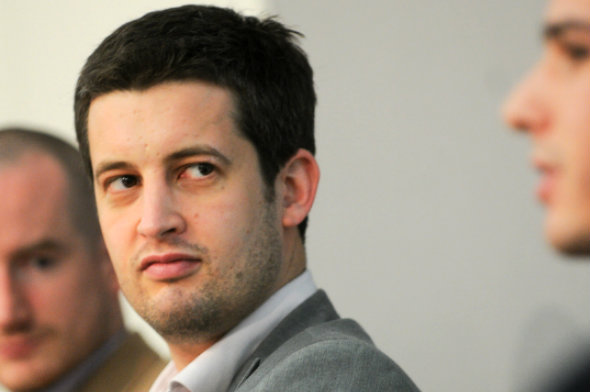
The past year has been a whirlwind for many news outlets and the way they work digitally. But what are the main lessons we can learn from 2012?
Panellists at the final session at the news:rewired – digital stories conference were on hand to answer and provided the following key lessons from the past 12 months.
Reach out to start-ups
Dr Johnny Ryan, chief innovation officer at the Irish Times, told delegates of how the newspaper had a long history of innovation, being one of the first to launch a website in 1994. The paper has taken its innovation further this year by launching the very first Irish Times Digital Challenge.
To move the Irish Times forward in a new digital age, the paper embraced start-ups through challenging them to provide a pitch to work with the paper in an innovative way.
In exchange, the start-up teams were given a once-in-a-lifetime opportunity to work with a well-established news outlet as well as marketing to the value of 10,000 Euro.
For Ryan, reaching out to start-ups has been a key part of the way the Times has moved forward in a new digital age.
Work for different screen sizes
Group product manager for emerging platforms at the Financial Times, Stephen Pinches, said he sees thousands of 7″ sized packages under trees this Christmas – the greater take up of tablet computers will therefore provide an even greater challenge for journalists.
The key lesson for Pinches from 2012 is news outlets need to begin looking at providing responsive layouts which can deal with all manner of different tablet and screen sizes flooding onto the market.
An emphasis, he added, on provding content for different mobile devices will also be needed. Pinches described certain Android apps as ‘unloved’ compared to those available for the iPhone. Where desktop was once king, mobile and tablets are becoming increasingly important and journalists need to rise to this challenge.
Avoid data-automisation
As important as data has become in journalism, for John Levitt of Parse.ly, it must still be all about working on a human level. With increasing use of social media comes an increase in the amount of data being exchanged, and journalists can use insights gathered from Parse.ly to evaluate what’s being talked about and where organisations can get the most of out of their readers.
Levitt also predicted individuals monitoring social media at news organisations will turn into whole teams in order to ‘fully leverage the audience at their fingertips’.
Social momentum is the key, not technology
Mark Little, founder of Storyful, said journalists focus too much on the technology behind social media and not enough on the momentum behind it. Now, social media is an integral part of how journalists operate, with whole segments of news generated via social conversations.
He said:
“The momentum is with us and yet the noise and the challenge is growing ever greater,” explaining journalists need to filter out the real gems from the ‘noise’ generated via online conversations. He described it as a cross-pollination between digital techniques and ‘good-old-fashioned’ journalism.
The next challenge for 2013 according to Little is to work out how to filter out the ‘bullshit’ as emerging networks such as Instagram begin to take centre stage. Additionally, he said the next step is to challenge the ‘grumpy old men’ in journalism to change their behaviour.
He added:
“It’s not just a technology challenge it’s about human behaviour.”
